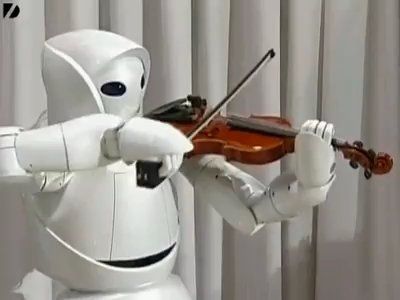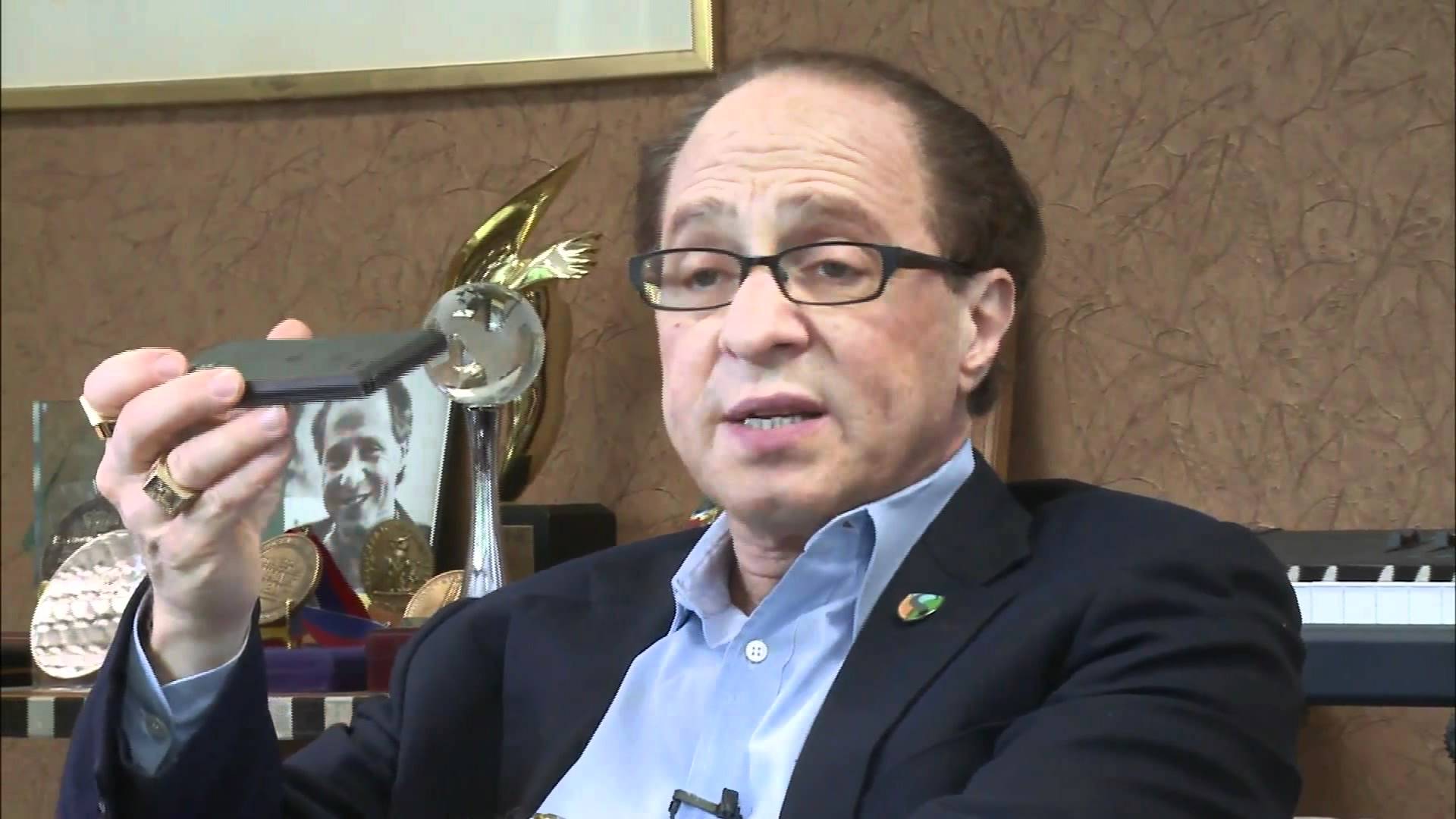Feb 20, 2016
Robot playing Violin
Posted by Shailesh Prasad in categories: media & arts, robotics/AI
Share This Video TO Your Friends Also
Toyota have unveiled a new robot that can play the violin.

Share This Video TO Your Friends Also
Toyota have unveiled a new robot that can play the violin.

DARPA already has proven that it will make its dreams into reality — not the reality everyone agrees with, but we should take note of their predictions.
Richard Branson wants Virgin Galactic involved in everything from orbital flights to internet from space.

“I believe our civilization is going to be vastly more intelligent in the decades ahead,” Kurzweil told Time. “You can argue how we got here, but we are the species that goes beyond our limitations. We didn’t stay on the ground. We didn’t stay on the planet. Our species always transcends.”
The famous inventor and tech pundit shares a few words on why he thinks humans will soon live forever.
Whether or not nerve cells are able to regrow after injury depends on their location in the body. Injured nerve cells in the peripheral nervous system, such as those in the arms and legs, can recover and regrow, at least to some extent. But nerve cells in the central nervous system—the brain and spinal cord—can’t recover at all.
A UCLA-led collaboration has identified a specific network of genes and a pattern of gene expression mice that promote repair in the peripheral nervous system in a mouse model. This network, the researchers found, does not exist in the central nervous system. The researchers also found a drug that can promote nerve regeneration in the central nervous system.
The study appears in the online edition of the journal Neuron.
Once strictly an extremely expensive tool used only by law enforcement and the military, thermal cameras are now accessible to anyone with a smartphone and a $250 accessory. But starting with Caterpillar’s new rugged S60, thermal imaging sensors are starting to be built right into smartphones.
The FLIR ONE thermal camera started life as a bulky case for the iPhone 5, but was eventually streamlined into a compact dongle that connected to the microUSB or Apple Lightning port on the bottom of iOS or Android smartphones. With the new CAT S60 smartphone, however, the Lepton sensor that allows FLIR cameras to see in total darkness has finally been integrated into the device itself, alongside its standard rear camera.
Integrated circuits traditionally have been a domain reserved for electrons, which course through exquisitely tiny transistors, wires and other microscopic structures where the digital calculations and data processing that underlie so much of modern technology unfold. Increasingly, however, chip designers have been acting on a long-ripening vision of enlisting photons instead of, or in tandem with, electrons in the operation of microprocessors. Photons, for one, can serve as fast-as-light carriers of information between chips, overcoming digital traffic jams that at times put the brakes on electrons. Recently, DARPA-funded scientists designed and crafted a breakthrough microprocessor that combines many of the best traits of electrons and photons on a single chip. The result is a remarkable and elegant hybrid microtechnology that boggles the mind for the intricate complexity of its sub-Lilliputian architecture. To appreciate the engineering acumen involved in the development of this chip and its tens of millions of resident electronic and photonic components, DARPA has produced an annotated, graphical tour of the new chip’s innards. Check it out, and lose yourself in a world of highways, toll gates and traffic circles populated by some of the physical world’s smallest commuters.
By next year, Volvo wants to become the first manufacturer to sell cars without keys. Instead of a physical key or even a Bluetooth key fob, Volvo customers will use a “digital key” in a smartphone app to access (and share that access) to their cars.
Drivers will be able to use the app (and a Bluetooth connection) to start their car, open the trunk, mess with the security system, or — like with a key fob — simply have the car unlock as you approach it. But the biggest implications of this change could be for ride-sharing. Customers (and manufacturers) have begun entertaining new ideas about how to use cars to get around without owning them outright, and something like a digital key makes it easier for multiple people to have control over one particular vehicle. That could mean something as simple as just sharing access with your family, but Volvo will also make it work on the cars it provides to Sunfleet, a Swedish car-sharing service.
Even though it’s looking increasingly likely that humanity will find a way to wipe itself off the face of the Earth, there’s a chance that our creative output may live on. Servers, hard drives, flash drives, and disks will degrade (as will our libraries of paper books, of course), but a group of researchers at the Swiss Federal Institute of Technology have found a way to encode data onto DNA—the very same stuff that all living beings’ genetic information is stored on—that could survive for millennia.
One gram of DNA can potentially hold up to 455 exabytes of data, according to the New Scientist. For reference: There are one billion gigabytes in an exabyte, and 1,000 exabytes in a zettabyte. The cloud computing company EMC estimated that there were 1.8 zettabytes of data in the world in 2011, which means we would need only about 4 grams (about a teaspoon) of DNA to hold everything from Plato through the complete works of Shakespeare to Beyonce’s latest album (not to mention every brunch photo ever posted on Instagram).
There are four types of molecules that make up DNA, which form pairs. To encode information on DNA, scientists program the pairs into 1s and os—the same binary language that encodes digital data. This is not a new concept—scientists at Harvard University encoded a book onto DNA in 2012—but up to now, it had been difficult to retrieve the information stored on the DNA.
